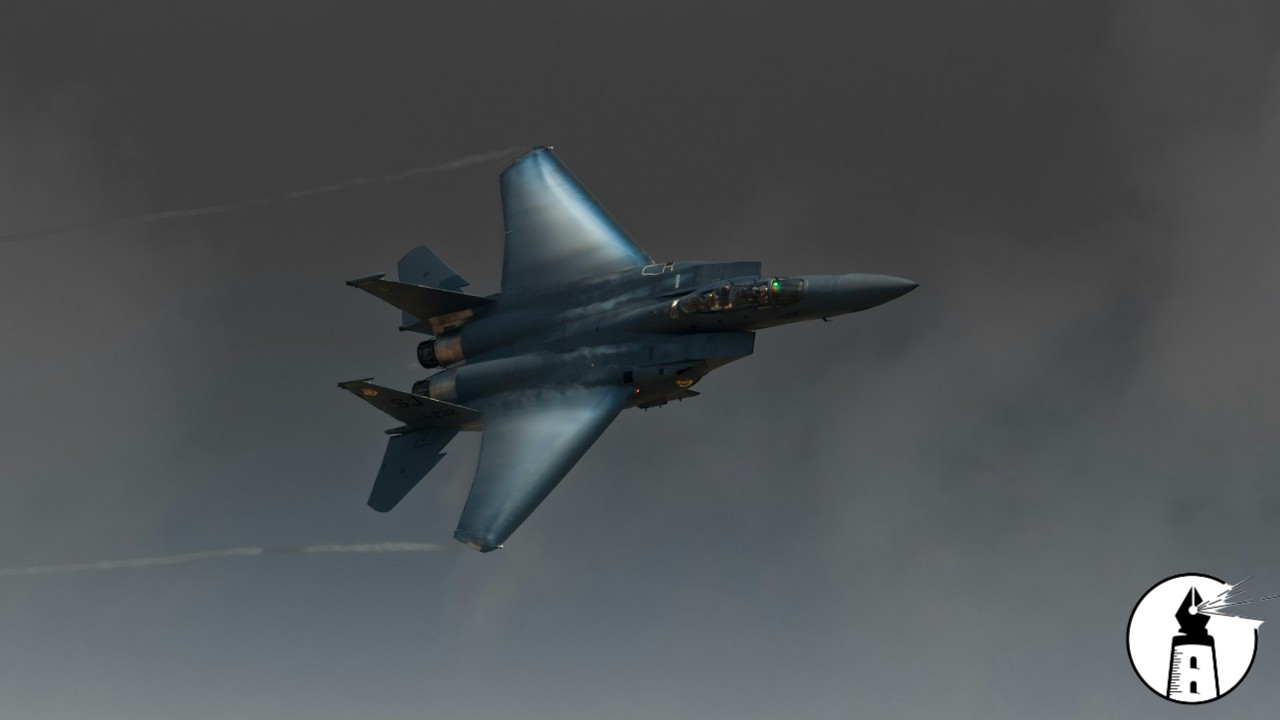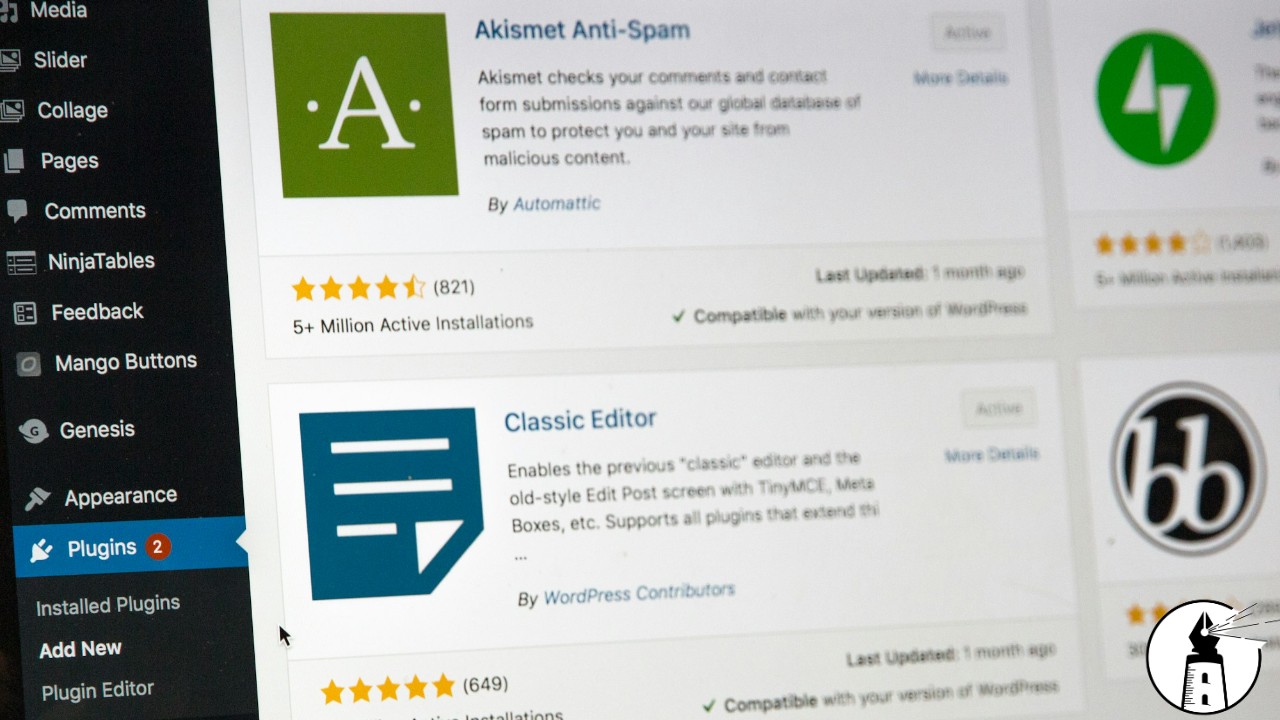A recent U.S. airstrike campaign targeting Iran’s nuclear facilities has prompted mixed assessments about its effectiveness. While officials in Washington and Tel Aviv hailed the operation as a decisive blow, early analysis by the Defense Intelligence Agency suggests that Iran’s nuclear program may only have been delayed by a few months. The review, shared with Congress, reportedly found that key elements of the program remained intact and that some of Iran’s most advanced centrifuges were located outside the targeted areas.
The airstrikes focused on several major enrichment sites, including Natanz, Fordo, and Isfahan. Satellite imagery and post-strike analysis indicate significant surface-level destruction, but early intelligence assessments suggest that core infrastructure and stockpiles of enriched uranium may have survived. The full extent of the underground damage remains unknown, with even international watchdog agencies unable to verify the condition of key facilities.
Despite the uncertainty, public messaging from the administration continues to describe the operation as a total success. Defense officials have offered more tempered assessments, noting that battle damage reports take time to complete. Meanwhile, members of Congress, particularly on the intelligence and armed services committees, have expressed concern about the lack of clarity and transparency surrounding the operation’s long-term effectiveness.
This is far from the first time the world has been told that Iran was on the brink of developing nuclear weapons. For decades, various administrations and allies have warned that Tehran was just weeks away from a nuclear breakthrough. Despite these repeated claims, Iran has remained a nuclear threshold state without formally acquiring a weapon. The resilience of its nuclear program, even after coordinated attacks and sabotage efforts, continues to raise questions about how close the country truly is to nuclear armament and whether past warnings were based on accurate intelligence or strategic messaging.
While the missile strikes have dominated headlines, a quieter front in the conflict is also drawing attention, cyberspace. In the wake of the bombing campaign, pro-Iranian hacking groups have begun targeting American companies and infrastructure. Although the attacks so far have not caused major disruptions, cybersecurity experts warn that the situation could escalate quickly, especially if the ceasefire between Iran and Israel collapses or if more advanced threat actors become involved.
Federal agencies have issued warnings to critical infrastructure providers to remain vigilant. Denial-of-service (DDoS) attacks have already been reported against banks, oil firms, and defense contractors. While Iran lacks the sophisticated cyber capabilities of Russia or China, its reliance on digital disruption tactics makes it an unpredictable player. Independent hacker groups with ties to Iranian intelligence have shown a willingness to pursue psychological and economic attacks designed to spread confusion and fear.
In an era of increasingly connected systems, Iran’s most powerful weapon may not be a centrifuge or a ballistic missile. Its real strength lies in asymmetric cyberwarfare, cheaper, faster, and more difficult to trace than traditional military force. As the United States continues to invest in defense technologies, it faces a growing digital threat that cannot be bombed into submission. The long-term challenge may not be keeping Iran from building a nuclear bomb but defending against the silent weapons it is already using.
—By Greg Collier


